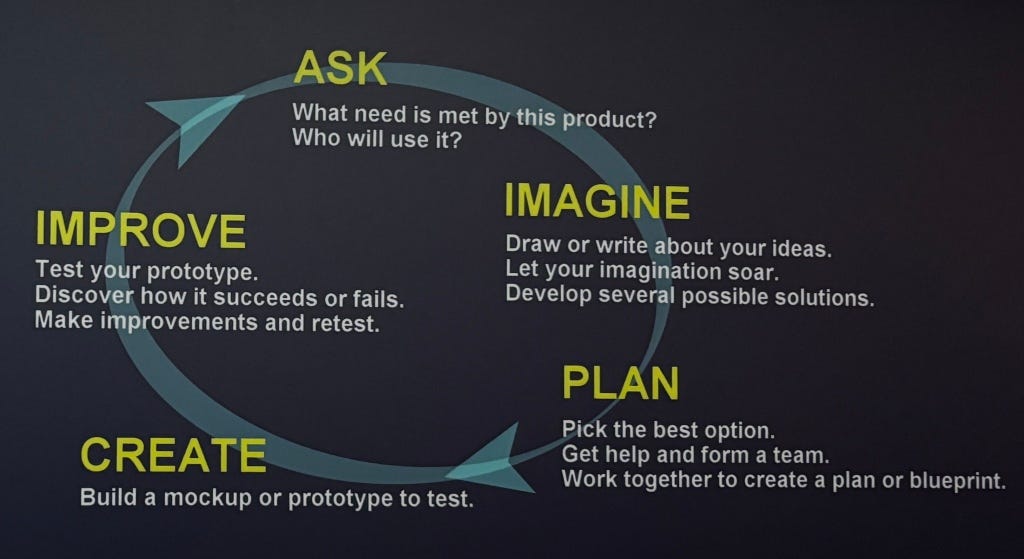The "AIPCI" Design and Engineering Method
A five-step method for designing and engineering an aircraft from the Hiller Aviation Museum in San Carlos, California.
I was in San Carlos, California, recently for some DOE training, and I happened to be staying next to the Hiller Aviation Museum. The museum was founded by helicopter pioneer Stanley Hiller and displays a variety of early aircraft, one-of-a-kind prototypes, and cutting-edge test vehicles.
One of the displays was titled, "How to Make Dreams into Reality." It described a five-step method for designing and engineering an aircraft. The five steps are as follows:
ASK: What need is met by this product? Who will use it?
IMAGINE: Draw or write about your ideas. Let your imagination soar. Develop several possible solutions.
PLAN: Pick the best option. Get help and form a team. Work together to create a plan or blueprint.
CREATE: Build a mockup or prototype to test.
IMPROVE: Test your prototype. Discover how it succeeds or fails. Make improvements and retest.
This appears to be another example of the scientific method applied iteratively to a problem. Other similar methods include Deming's PDCA cycle (Plan-Do-Check-Adjust), Boyd's OODA loop (Observe-Orient-Decide-Act), and Shook's A3 problem solving method. Using a good method is critical for effective problem solving, something I hope to write more about in the future.


